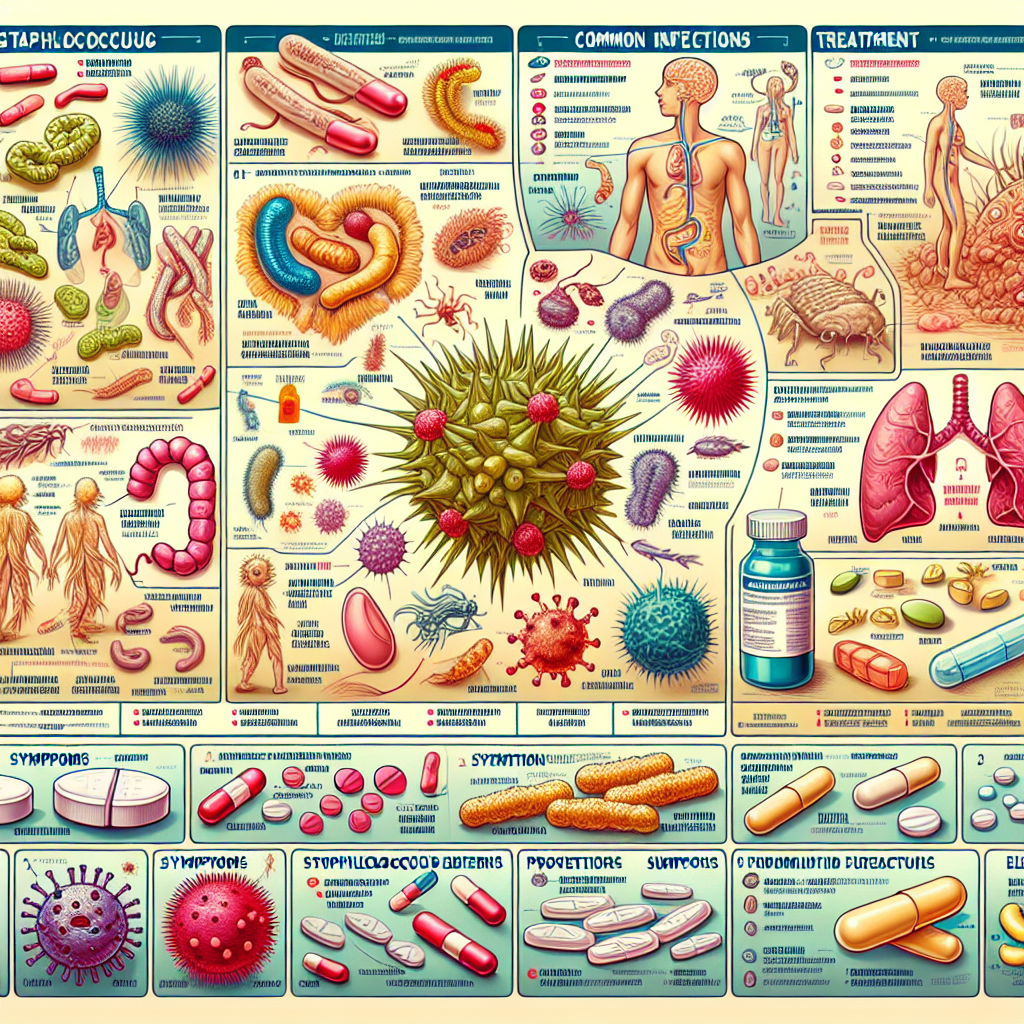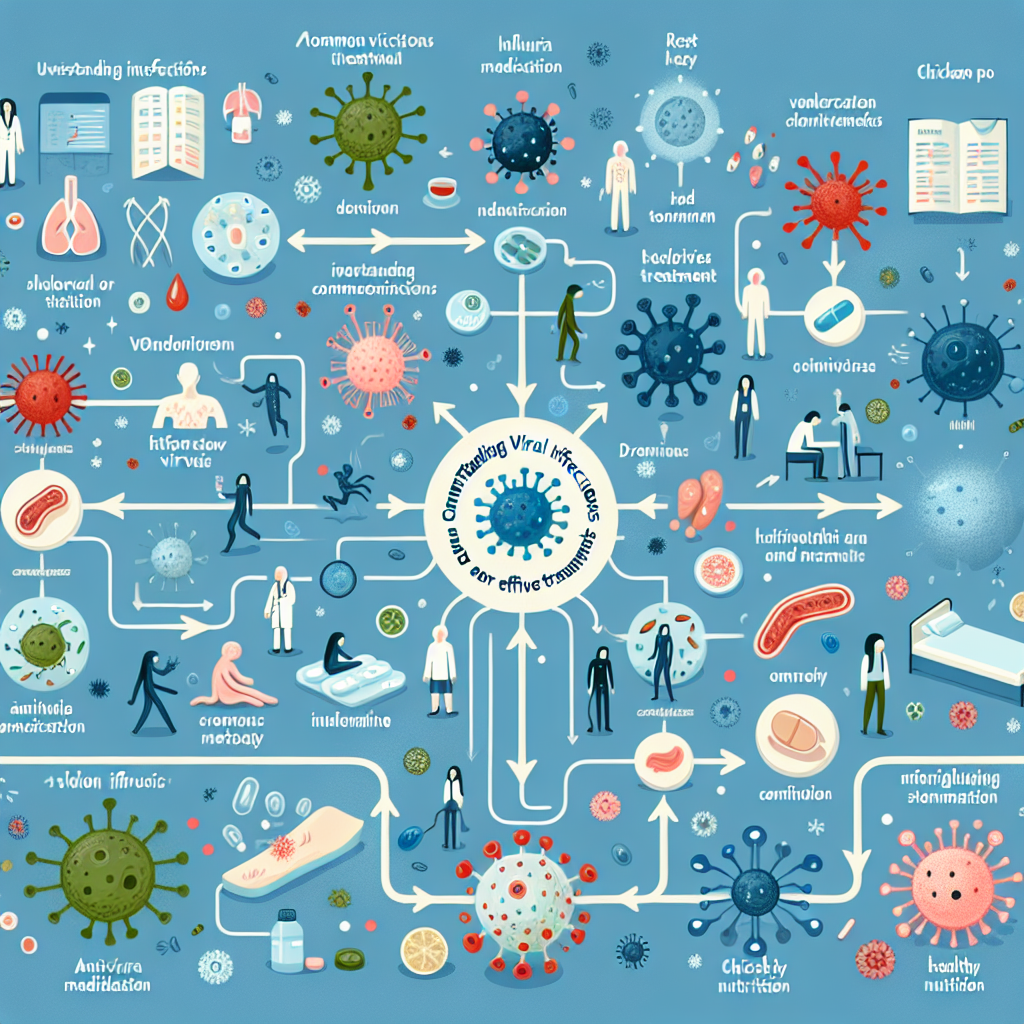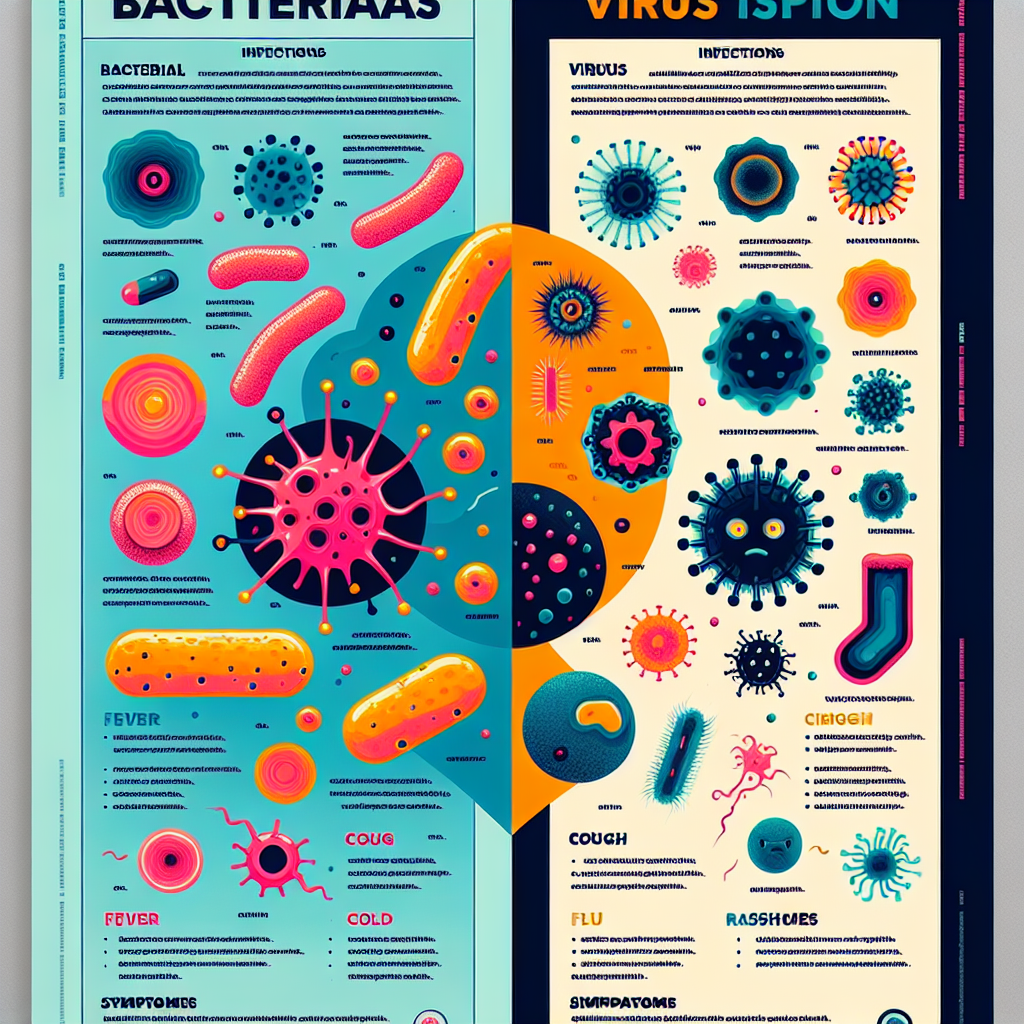When it comes to health, few issues are as pervasive and troubling as common bacterial infections. These infections not only affect your physical well-being but can also disrupt your daily life and emotional state. Understanding the intricacies of these infections, including their causes, symptoms, and effective treatments, is crucial for maintaining optimal health. In this comprehensive guide, we will delve into common bacterial infections and their treatments, providing you with insights that can empower you to take action and reclaim your health.
Understanding Common Bacterial Infections: Causes and Symptoms
Bacterial infections arise from the invasion of pathogenic bacteria into the body, leading to various health complications. Common strains include Streptococcus, Staphylococcus, and Escherichia coli (E. coli), among others. These microorganisms can be found in everyday environments, from contaminated food and water to surfaces that we frequently touch. The ease of transmission and the adaptability of bacteria pose significant risks, particularly in crowded or unsanitary conditions.
The symptoms of bacterial infections can vary widely, depending on the type and location of the infection. Some of the most frequently observed symptoms include fever, fatigue, pain, redness, and swelling in the affected area. For instance, a urinary tract infection may manifest as painful urination and frequent urges to urinate, whereas strep throat may present with a sore throat and swollen lymph nodes. Recognizing these symptoms early can prevent complications and facilitate timely treatment.
Moreover, certain factors can increase the susceptibility to bacterial infections, such as a weakened immune system, poor hygiene, and chronic illnesses. Understanding the link between these factors and infection can empower individuals to take preventive measures. For instance, maintaining good hand hygiene and staying updated on vaccinations can significantly reduce the risk of infections. By being aware of these nuances, one can take proactive steps to safeguard their health against common bacterial threats.
Effective Treatments and Management Strategies for Bacterial Infections
When it comes to treating common bacterial infections, antibiotics are often the first line of defense. These powerful medications work by either killing the bacteria or inhibiting their growth. However, it’s crucial to understand that antibiotics are not a one-size-fits-all solution; different infections require different types of antibiotics. For instance, penicillin is effective against certain strains of Streptococcus, while others might require broader-spectrum antibiotics like ciprofloxacin. Consulting a healthcare professional for a proper diagnosis and prescription is essential for effective treatment.
In addition to antibiotics, supportive care plays a vital role in managing bacterial infections. This may include rest, hydration, and over-the-counter medications to alleviate symptoms such as fever and pain. For localized infections, such as skin infections, wound care practices—such as keeping the area clean and covered—are essential. This multifaceted approach not only addresses the infection itself but also aids in overall recovery and comfort for the patient.
Furthermore, incorporating advanced insights into patient care can enhance recovery outcomes. For example, understanding the importance of completing antibiotic courses can prevent antibiotic resistance, a growing global health concern. Patients should be educated on the risks of skipping doses or discontinuing treatment prematurely. Additionally, emerging therapies, such as bacteriophage therapy, offer novel approaches to combat antibiotic-resistant infections, highlighting the need for ongoing research and adaptation in treatment methodologies.
Navigating the landscape of common bacterial infections and their treatments involves understanding the causes, symptoms, and multifaceted treatment strategies available. By becoming informed and proactive, you can take charge of your health and significantly reduce the impact of these infections on your life. Whether through appropriate antibiotic use or supportive care, the path to recovery is within reach. For more in-depth knowledge or personalized guidance, consider consulting healthcare professionals or exploring reputable medical resources. Empower yourself today by arming yourself with the information needed to tackle bacterial infections effectively.
Essential Strategies for Preventing Viral Infections EffectivelyEssential Strategies for Preventing Bacterial InfectionsUnderstanding the Mechanisms of Virus and Bacteria TransmissionRelevant LinkRelevant LinkRelevant LinkUnderstanding Lower Back Pain Linked to COVID-19: Insights and ManagementUnderstanding COVID-19: Navigating Loss of Appetite ChallengesUnderstanding COVID Laryngitis: Symptoms, Causes, and TreatmentRelevant LinkRelevant LinkRelevant Link


